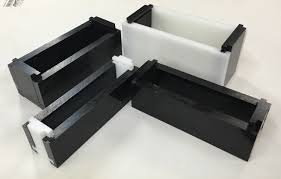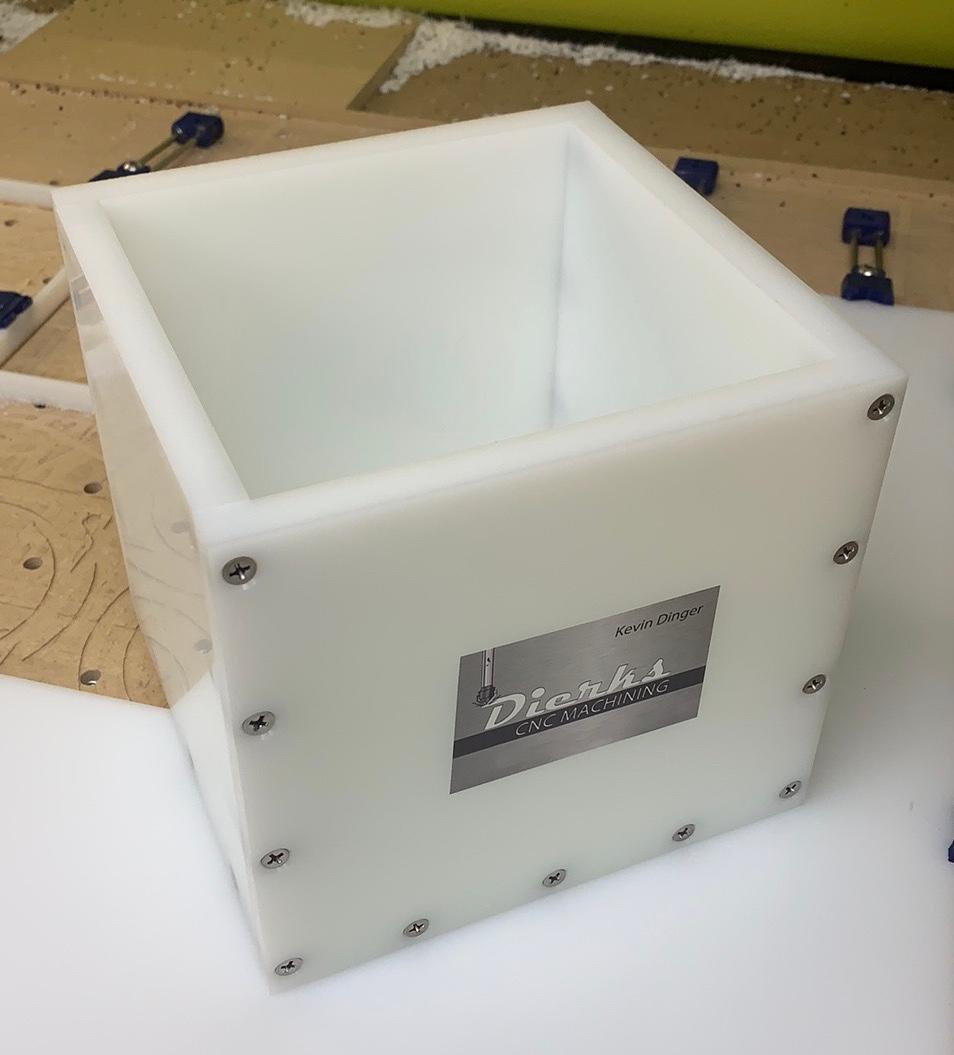Production of intricate plastic products using molding

Injection molding has become an ideal process for manufacturing hardware molds. Moreover, it is an extremely versatile process that can produce a wide variety of applications.
It is no doubt that these products have become essential to use in our everyday household needs. Further, casting is best for creating products that are covering industrial, commercial as well as consumer products alike.
This guide is helpful to understand, what exactly does molding mean? What is the difference between molding and casting? Moreover, what are the types of casting and benefits of using the technique of casting?
What does molding mean?
The exact meaning of molding is to produce several objects with the help of a defined structure. You can also define it as "it is a special process of shaping products in or on a specific mold".
Further, molding is ideal to produce a number of everyday items. It is highly beneficial to manufacture plastic products whether they are complex, intricate, large, or small.
Nowadays the molded products have prevailed over our lives in such a way that we even can’t imagine our lives without hardware molds. This highly advantageous technique provides you the great versatility to create designs with complexity or intricate detail.
What are molding tools?
In fact, in plastic injection molding, the mold tool is the key component. It gives a special passing channel for melted plastic in order to travel from the injection barrel to the mold cavity.
Further, it also allows the air to pass through that may traps inside the mold at the time of its opening. As well as it helps to cool the molding till it gets its final shape.
What is tooling in injection molding?
The tooling for molding consists of a wide variety of internal components like guides, pins, ejectors, and bushings. Moreover, it is very important for molders to use the perfect material for mold as well as to insert the right components for the project at hand.
Some of the most essential secondary components are:
- fixtures
- jigs
- gauges
- and several other types of equipment to use in the process of injection molding.
All these tools or instruments are extremely critical for the success of any molding project. Actually, they make sure about the perfect dimensional tolerances of the hardware molds.
What are the types of molding for creating hardware molds?
Basically, molding is ideal to use for manufacturing plastic products. However, plastic is an artificial material and there are several different types of molding. Each type has its special technique, materials, and benefits.
These types are:
- Casting
- Injection Molding.
- Compression Molding
- Rotational Molding
- Blow Molding, etc.
Casting for hardware molds:
The process of molding with the help of casting is generally the simplest method as plastic manufacturing. Actually, it needs the least amount of intricate technology.
In this process, the casting machine heats the material and it converts into a liquid form. In the next step, it transfers into a specific shape of a mold. Then the molten plastic is cooled and the mold is removed.
It is an ideal process for creating intricate hardware molds. This method actually requires low pressure to perform the whole process of casting.
Injection Molding:
It is a special technique of molding that can create high-quality three-dimensional objects easily. This special process starts by melting the material of plastic inside a hopper. Then the molten plastic is injected into a chilled mold that is tightly closed.
In this mold, this liquid material forms the exact shape of the surrounding mold. As soon as the liquid material completely sets into the mold, the mold opens in order to release the plastic products.
Basically, molders can use the mold several times to produce many identical parts. You can use the injection molding process to create butter tubs, yogurt cups, various kinds of plastic toys, bottle caps, and many more hardware molds.
Compression Molding:
Actually, it is one of the most labor-intensive types of the molding process. In fact, it is a highly complicated technique of molding. So, it is specially used for large-scale production purposes than mass production.
For example, by using the compression molding process molders generally make car tires and boat hulls.
In this technique, molders pour the liquid material into a mold. There is another mold that is pressed into the first mold. This second mold squeezes the plastic and produces the final shape. In the last step, the plastic is left to cool and removed from the mold.
Rotational Molding:
Rotational molding is perfect to create shipping drums, large storage tanks, toys, consumer furniture, and several more hardware molds. This technique produces the objects by adding liquid plastic to the mold from the inside.
Actually, two special mechanical arms help to hold the mold in the actual place. These arms also help to constantly rotate the mold at the same level. On the other hand, molten plastic is placed inside.
In the next step, the mold turns, and the plastic coats the inside of the mold to produce a new hollow, plastic object.
Blow Molding for hardware molds:
It is a special molding process that is useful for creating hollow objects like milk bottles or piping, etc. In this manufacturing process, the molders heat the plastic till it converts into a liquid form. Next, this liquid plastic is injected inside a cold mold.
This mold contains a particular shape when inflated. During the process of molten plastic, a particular amount of air is blown the tube and the plastic is formed around this tubing.
In the last step, the plastic is left to cool and removed from the mold, and hence complex hollow hardware mold is created.
What is the difference between molding and casting?
Molding is the special process of producing the cavity that carries a reverse or negative impression of an original model.
While, in the process of casting, the liquid material is poured into the cavity of a mold. After a particular time period, this liquid will cure by using a special chemical reaction or cooling.
What are the tools used for casting?
These tools are generally helpful to use for carrying out different operations. In fact, these casting tools have been classified by molders as hand and conditioning tools.
So, these are:
- power-operated equipment
- flasks
- finishing and fettling equipment
- metal melting equipment.
What are the types of casting for hardware molds?
Here are 10 types of casting such as:
- Sand casting
- Investment casting
- Low-pressure casting
- Die casting
- Centrifugal casting
- Vacuum die casting
- Gravity casting
- Lost foam casting
- Squeezing die casting
- Continual casting, etc.
What is the process of casting for hardware molds?
In the process of casting, manufacturers pour the molten material into a mold. This mold has a special hollow cavity of the final shape. It allows the material to solidify.
Basically, casting is ideal for intricate hardware molds. The complex shapes are generally uneconomical to create by other methods.
What are the advantages of casting?
- It is highly beneficial for easily creating high complex shapes
- You can cast any type of material for making molded products
- It is the perfect solution for producing small quantities
- You can produce up to 200 tons of casting in any size
- Ideal for those metals that cannot be worked mechanically and can be cast only.
- It is a highly cost-efficient process

Conclusion:
Basically, molding and casting both are advantageous for making different products by using different materials. They are ideal for producing industrial and medical components, commercial construction, automotive, agricultural instruments, electronic housing, and various other household hardware molds.
Additionally, casting is a perfect process for composite components requiring different properties in various directions.





